Sometimes when you are traveling, history jumps up and hits you unexpectedly. As a photographer, this means you might not get the perfect shot, but you still get a memory of your very own that perhaps you always remember fondly because of the imperfections. This happened to me on a museum tour of Berlin in 2017.
It was on the first morning of the tour, an overcast day in April, on my first trip to the city. We were in a large touring bus, and I was seated next to the window on the right side of the bus. I had my camera out with zoom lens attached, drinking in every view as we entered the Tiergarten, the huge wooded park in central Berlin. We drove towards the Victory Column. Completed in 1873 following Bismarck’s wars of unification that culminated in a decisive victory over France, the column has a golden statue of the Goddess of Victory on top of it, and from its viewing platform visitors can enjoy a wonderful panoramic view of the city. Traffic flows around the Victory Column in a circle, and the bus emerged from the circle onto a street I later learned was Strasse des 17.Juni when our city guide suddenly announced: “To our left you can see one of the few remaining structures created by Albert Speer.”
Speer is famous for being Hitler’s favorite architect, and students of history know that he designed models for the future rebuilding of Berlin, to be renamed Germania, with massive structures that would symbolize the triumph of the Aryan race and empire. Speer designed a domed Volkshalle, or People’s Hall, that would be the site of future rallies holding more than 200,000 Nazi party members, and inside it would be a gigantic statue of Adolf Hitler. Much of Speer’s work in Berlin, along with his grandest dreams, was destroyed in the war. It should be noted that at the Nuremberg trials after the war, Speer was sentenced to imprisonment in Spandau prison. There he wrote his memoirs, which were an initial valuable source of information about life inside Hitler’s highest circles, but which historians have since shown to hold many falsehoods (in particular, Speer was much more knowledgeable about the Holocaust and slave laborers that the Nazis employed for his programs than he claimed at Nuremberg).
So what is left of Speer and the Nazi legacy today in Berlin? Speer designed four entranceways placed around the island that the Victory Column sits upon, and through them visitors gain access to the Victory Column via underground passages. They are fronted with square columns in a stark neoclassical style. They were also on the left side of the street, and I was on the wrong side of the bus. I swung around, zooming my lens to frame them as the bus unevenly accelerated and I half-fell into the aisle, but still managed to snap through the opposing window a few frames of the fleeting structures.
While these are not the most aesthetically pleasing shots, I enjoy the juxtaposition of the red stoplight against Speer’s building with everything slightly tilted and off-balance in the first image. The image suggests messages: Stop and look at the history, stop and know the significance of something that looks so simple, or perhaps stop and feel the world toppling under the weight of what that structure stands for. With the structure pressed against the far edge of the frame as the bus pulled away and everyday life among Berliners continuing in 2017, perhaps the message is to look and grasp history while you can because it is fleeting.
But as we continued down Strasse des 17.Juni, our guide went on to explain that there were dozens of other structures that Speer designed still standing—the street lampposts. We did not travel the entire route lined by these streetlights. But at another stoplight, I managed to shoot the lead image in this post. One lamp is partially hidden from view by the green leaves of the trees, and the stem of the lamppost aligns with the trunk behind it so that the other lamp centers visually within the sprawl of limbs. To me, there is a graceful beauty in the image. The historian in me wonders if the hands of slave laborers formed that lamppost. And the humanist in me is left with the thought that we must remember to look beyond surface beauty to the truth of what lies beneath.
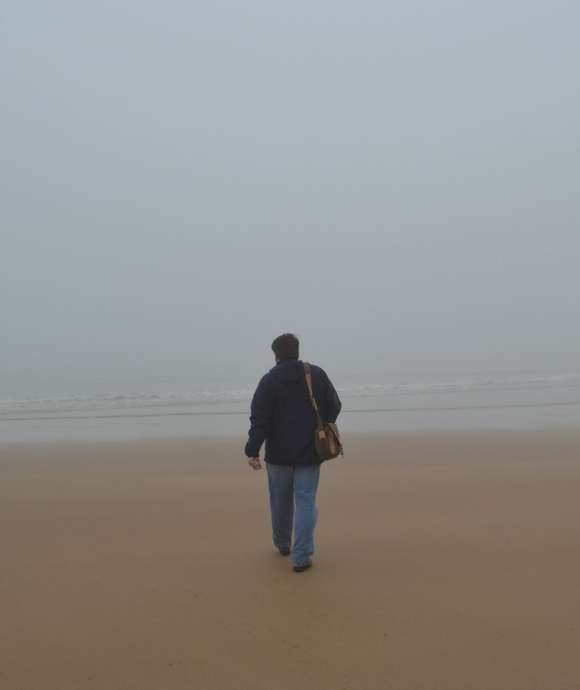
"No matter one’s age, travel is a unique and exciting educational experience. In my work, I have had the opportunity to reflect on history, events, and people in the places where they experienced life. Through the viewfinder, we can not only find history and perspective, but create memory, and evoke our evergreen past."
– Keith Huxen, PhD, Senior Director of Research and History, The National WWII Museum
Keith Huxen
Keith is the former Senior Director of Research and History in the Institute for the Study of War and Democracy at The National WWII Museum.
Cite this article:
MLA Citation:
APA Citation:
Chicago Style Citation:
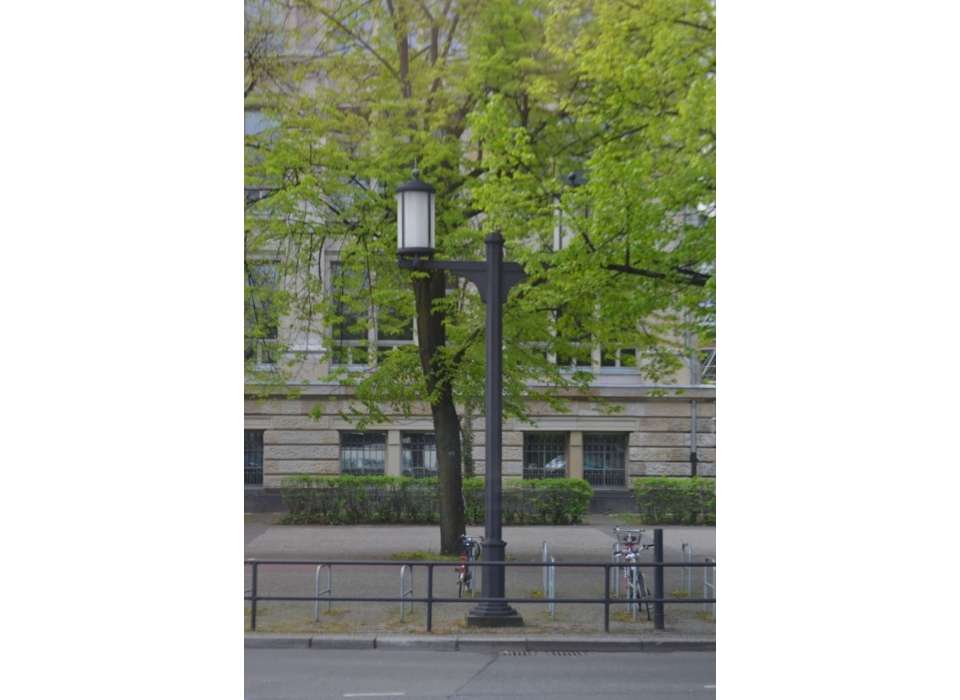
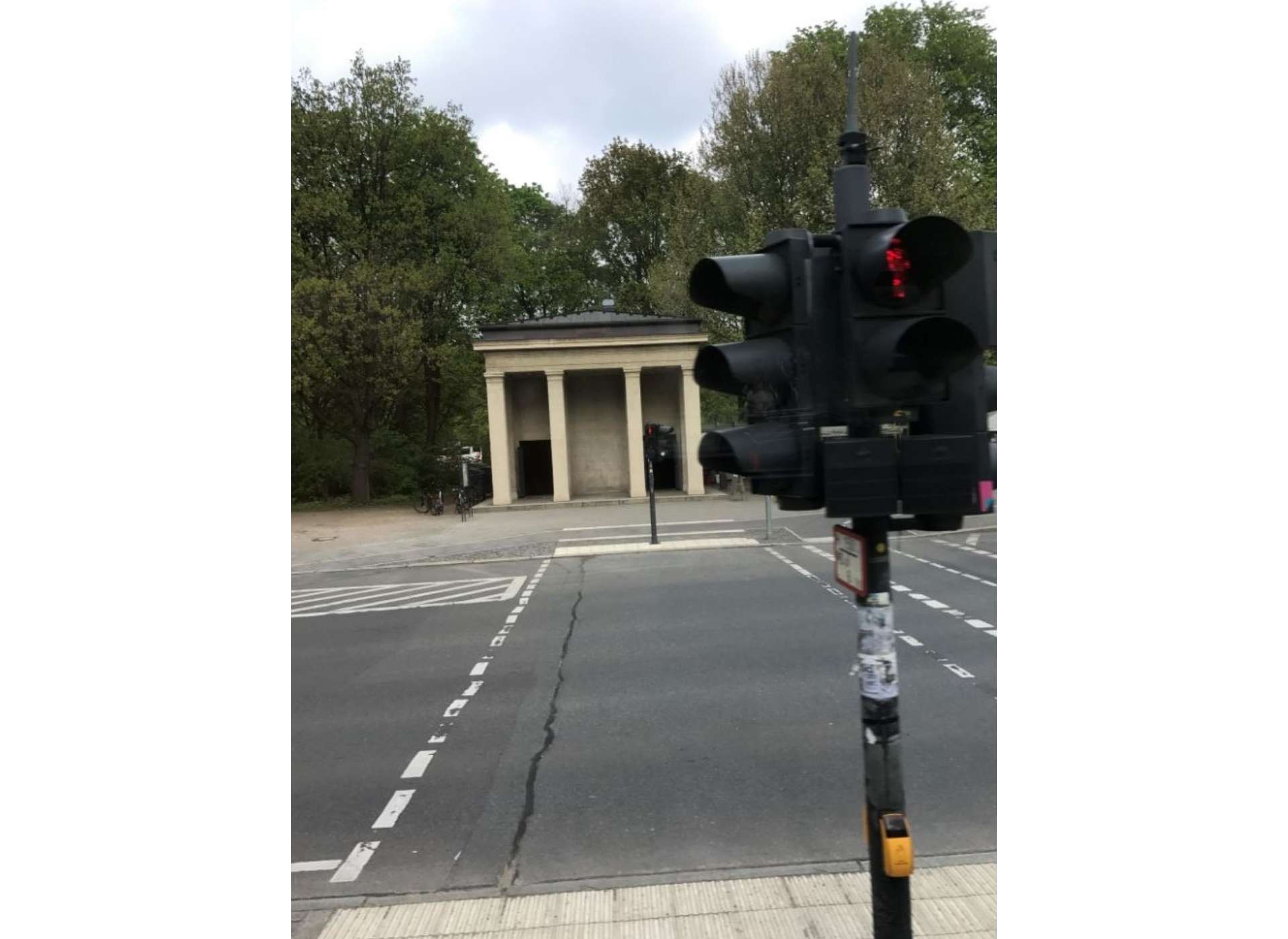
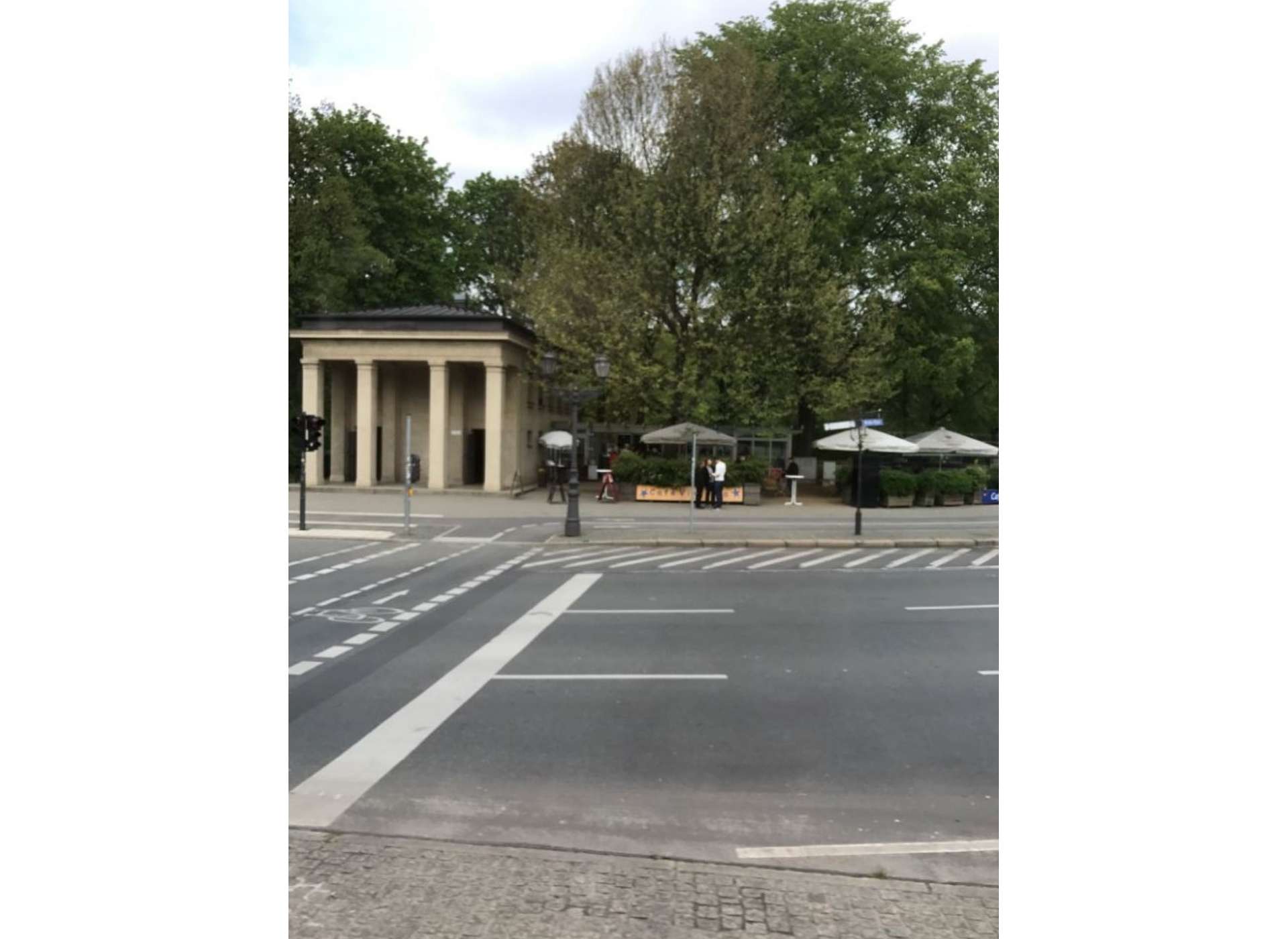

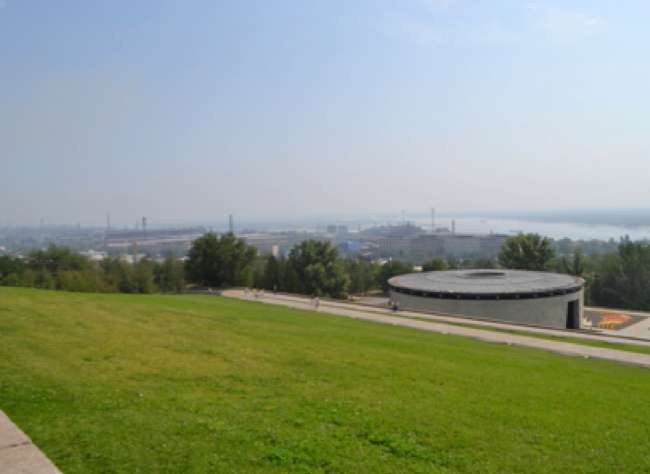
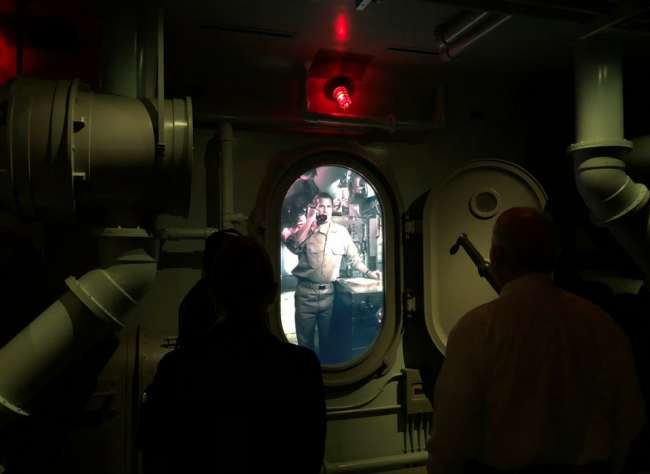
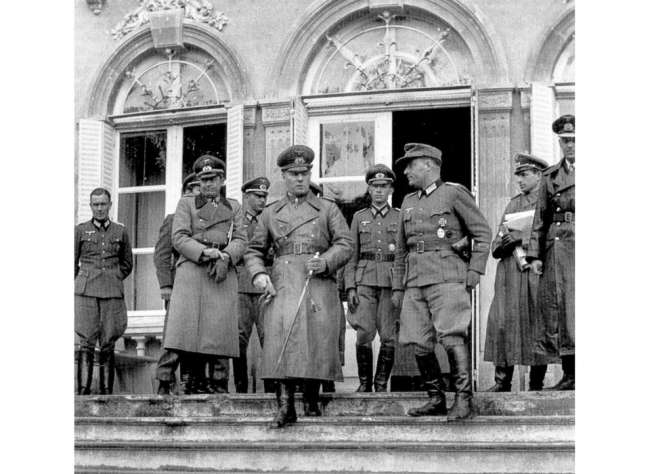



![Max Fuchs, New York City cantor, sings as Rabbi Sydney [sic] Lefkowitz, Richmond, VA, conducts the first Jewish services from Germany.](/sites/default/files/styles/max_650x650/public/2025-10/image1.jpg)



